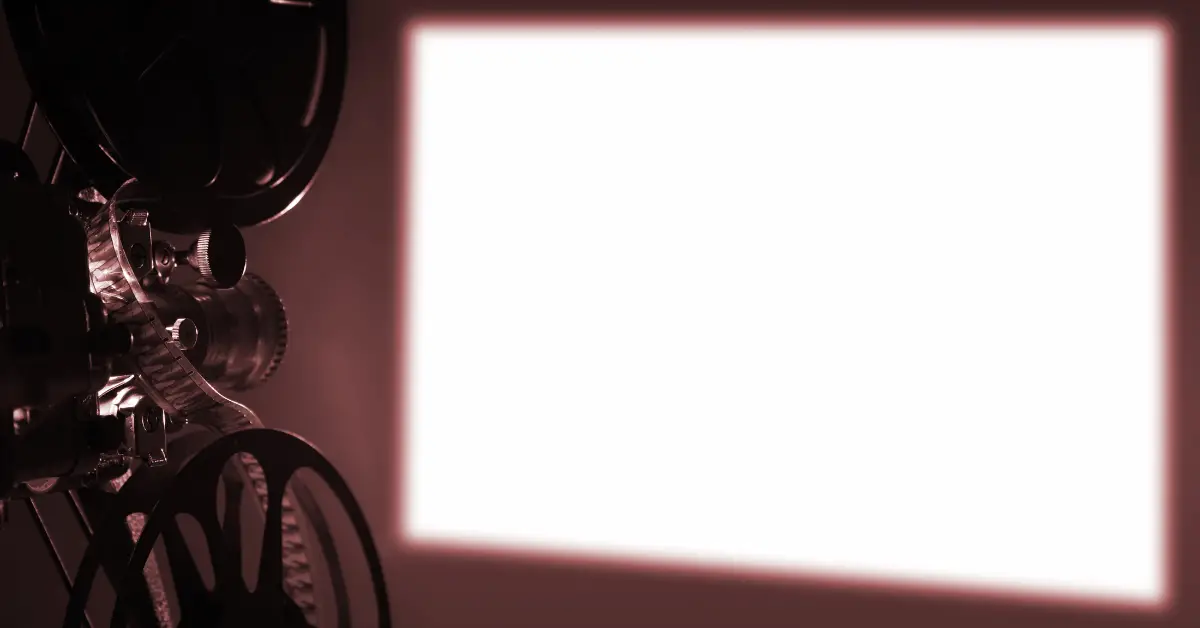Projectors are popular devices used for a variety of purposes, from presentations to home entertainment. One question that often arises is whether all projectors can do rear projection, a technique where the projector is positioned behind the screen rather than in front of it. Rear projection can be a useful technique in situations where space is limited or when the projector needs to be hidden from view. In this article, we’ll explore whether all projectors can do rear projection and provide information on the differences between front and rear projection. We’ll also discuss the types of projectors that are best suited for rear projection. By the end of this article, you’ll have a better understanding of rear projection and whether it is feasible with your projector setup.
Table of Contents
Can All Projectors Do Rear Projection?
Rear projection is a technique that involves positioning the projector behind the screen rather than in front of it. This can be useful in situations where space is limited or when the projector needs to be hidden from view. However, not all projectors are capable of rear projection. In this article, we’ll explore whether all projectors can do rear projection and provide information on the differences between front and rear projection. We’ll also discuss the types of projectors that are best suited for rear projection.
Front Projection vs. Rear Projection
Before we dive into whether all projectors can do rear projection, let’s first discuss the differences between front projection and rear projection.
Front Projection: This is the most common type of projection, where the projector is positioned in front of the screen and the image is projected onto the screen.
Rear Projection: In rear projection, the projector is positioned behind the screen and the image is projected onto the back of the screen, which then reflects the image forward.
Can All Projectors Do Rear Projection?
The short answer is no, not all projectors can do rear projection. Rear projection requires a projector that is designed specifically for this purpose. These projectors are typically larger and have a higher lumen output to compensate for the lower light reflection of the rear projection screen. Additionally, rear projection screens are usually thicker and more rigid than front projection screens to prevent distortion.
Projectors that are designed for rear projection are typically more expensive than standard front projection projectors, so it’s important to consider your specific needs before investing in a rear projection setup. If you are unsure whether your projector is suitable for rear projection, consult the manufacturer’s specifications or consult with a professional to ensure that your setup will work properly.
Types of Projectors for Rear Projection
There are several types of projectors that are best suited for rear projection, including:
- DLP Projectors: DLP projectors are known for their high contrast ratios and color accuracy, which can help to improve the image quality in rear projection setups.
- LCD Projectors: LCD projectors are typically more affordable than DLP projectors and can still provide high-quality images in rear projection setups.
- Laser Projectors: Laser projectors are becoming increasingly popular for rear projection setups due to their long lifespan, low maintenance, and high brightness.
How Do All Projectors are Capable of Doing Rear Projection?
It’s important to note that not all projectors are capable of doing rear projection. Rear projection requires a projector that is designed specifically for this purpose, as well as a rear projection screen that is thicker and more rigid than a standard front projection screen.
While it is true that some projectors may have a feature or setting that allows them to be used in a rear projection setup, this is not the same as being designed specifically for rear projection. Projectors that are designed for rear projection are typically larger and have a higher lumen output to compensate for the lower light reflection of the rear projection screen.
Additionally, rear projection screens are designed to reflect light back to the viewer from the rear of the screen, whereas front projection screens are designed to reflect light back to the viewer from the front of the screen. This means that even if a projector has a setting that allows for rear projection, the image quality may not be as good as if a projector specifically designed for rear projection is used.
In summary, not all projectors are capable of doing rear projection. Rear projection requires a projector that is specifically designed for this purpose, as well as a rear projection screen that is thicker and more rigid than a standard front projection screen. While some projectors may have a setting that allows for rear projection, it is not the same as being designed specifically for this purpose, and the image quality may not be as good as if a projector specifically designed for rear projection is used.
Conclusion
In conclusion, not all projectors can do rear projection. Rear projection requires a projector that is specifically designed for this purpose, and these projectors are typically more expensive than standard front projection projectors. If you are considering a rear projection setup, consult the manufacturer’s specifications or consult with a professional to ensure that your setup will work properly. DLP, LCD, and laser projectors are all suitable for rear projection, so consider your specific needs before investing in a projector for this purpose.


